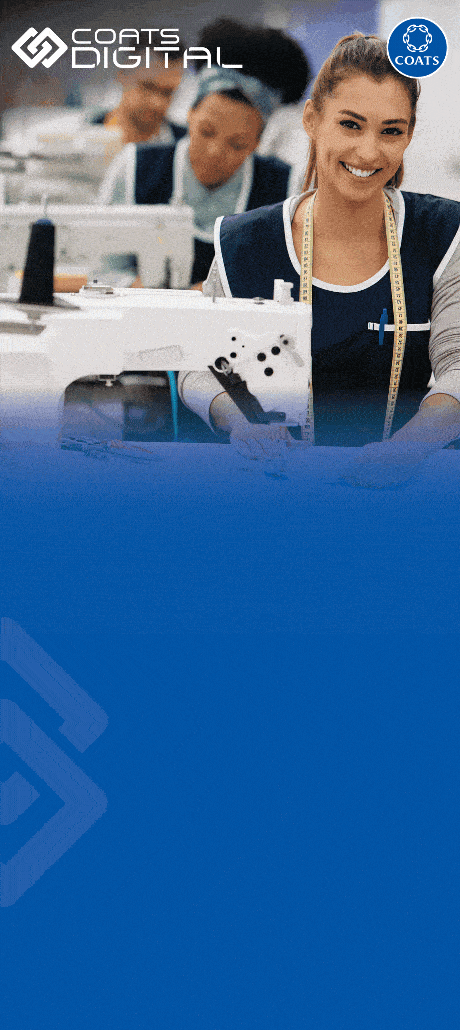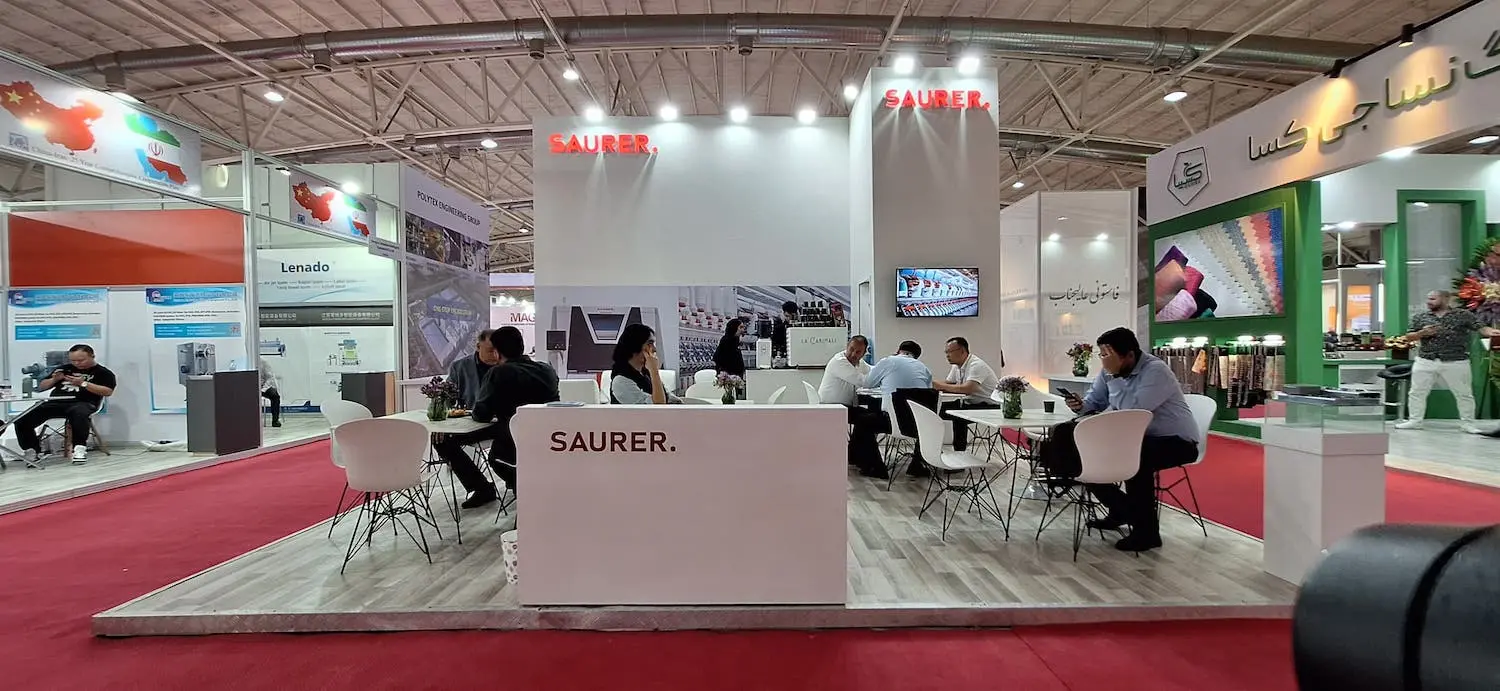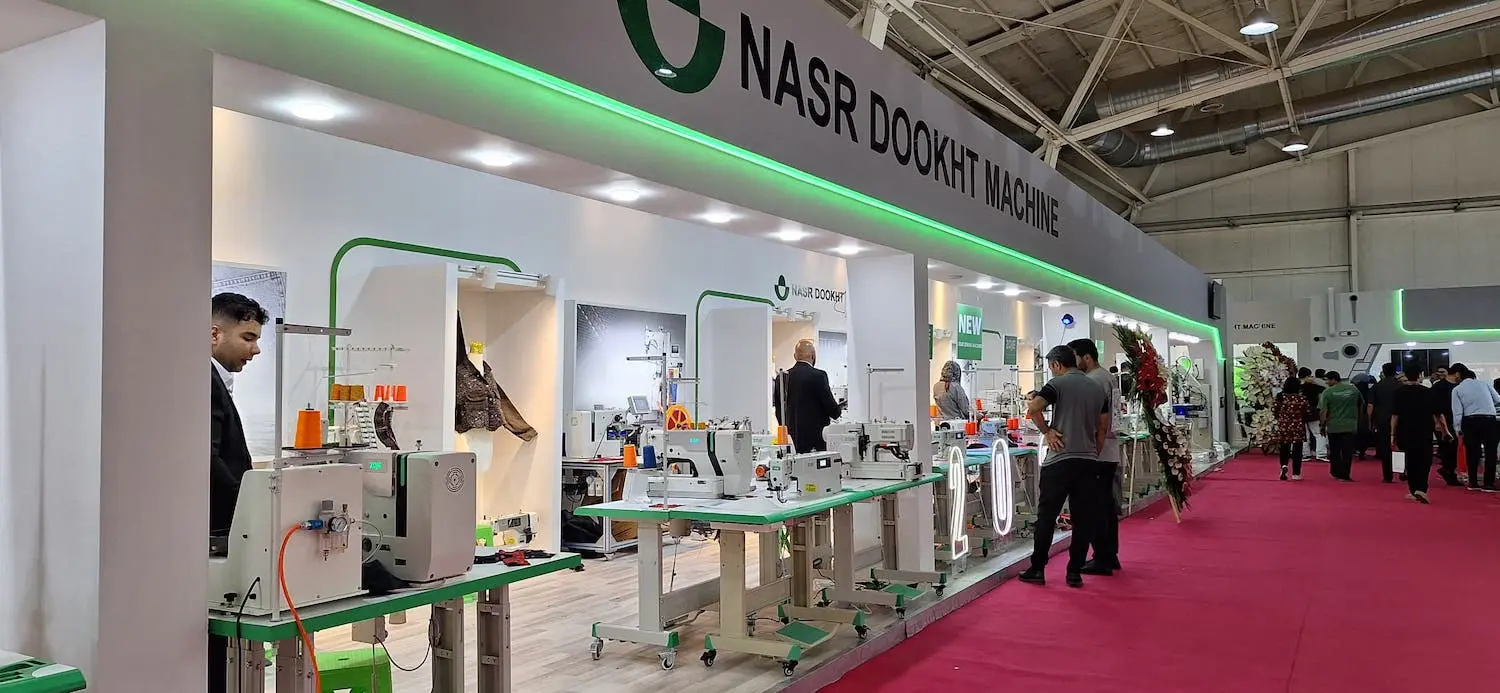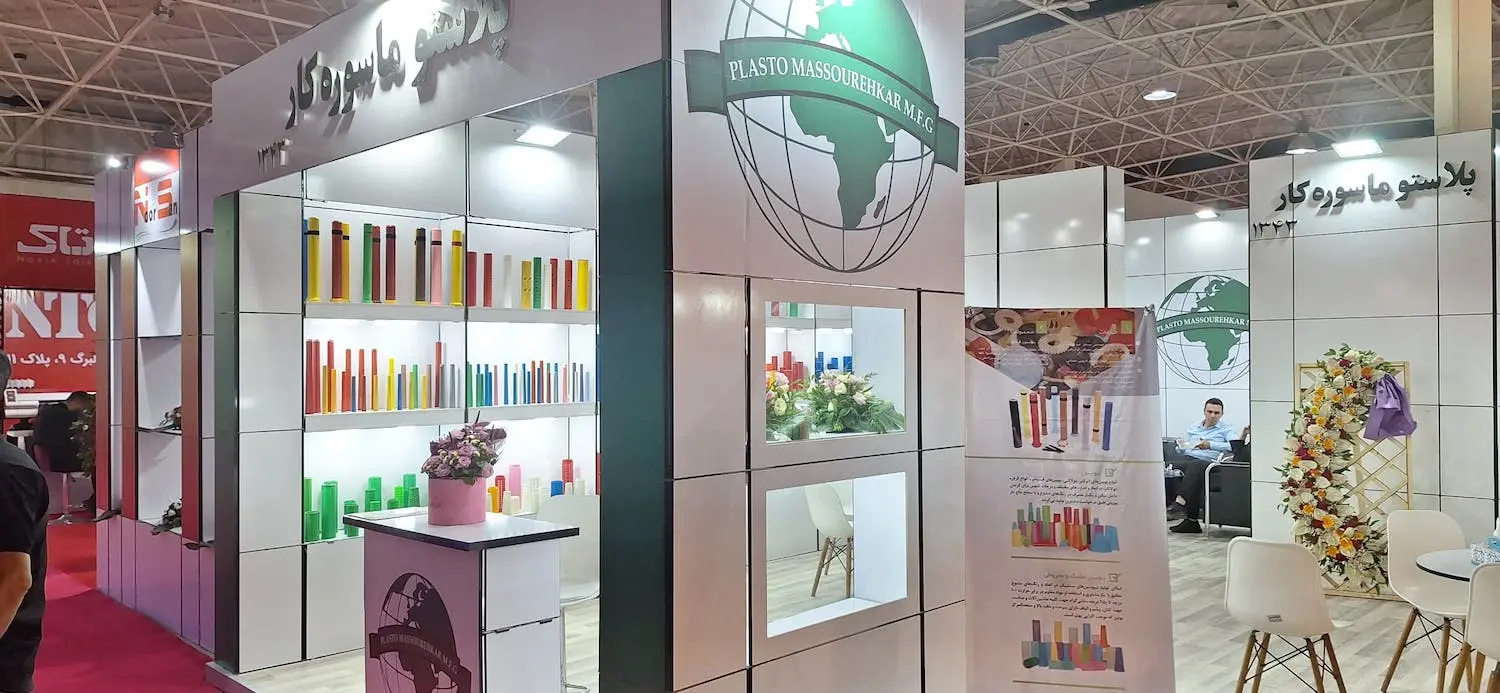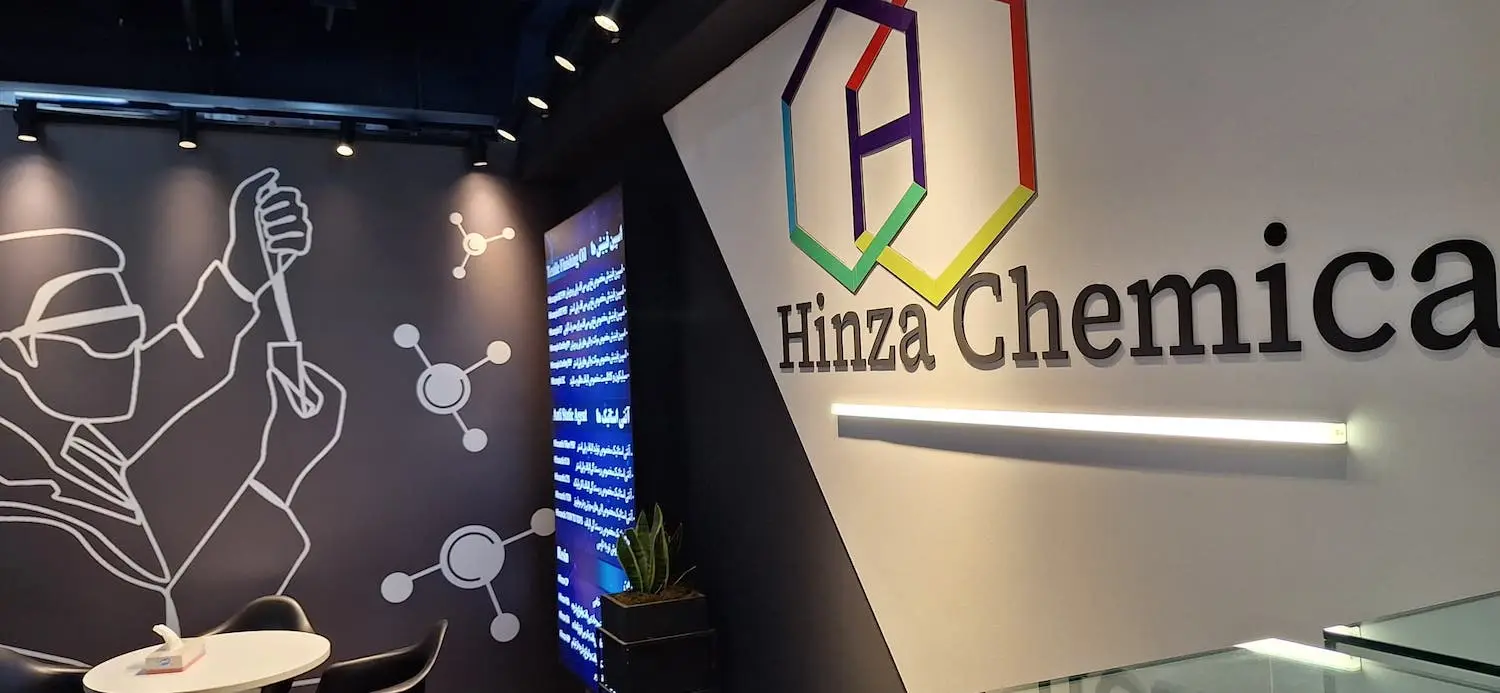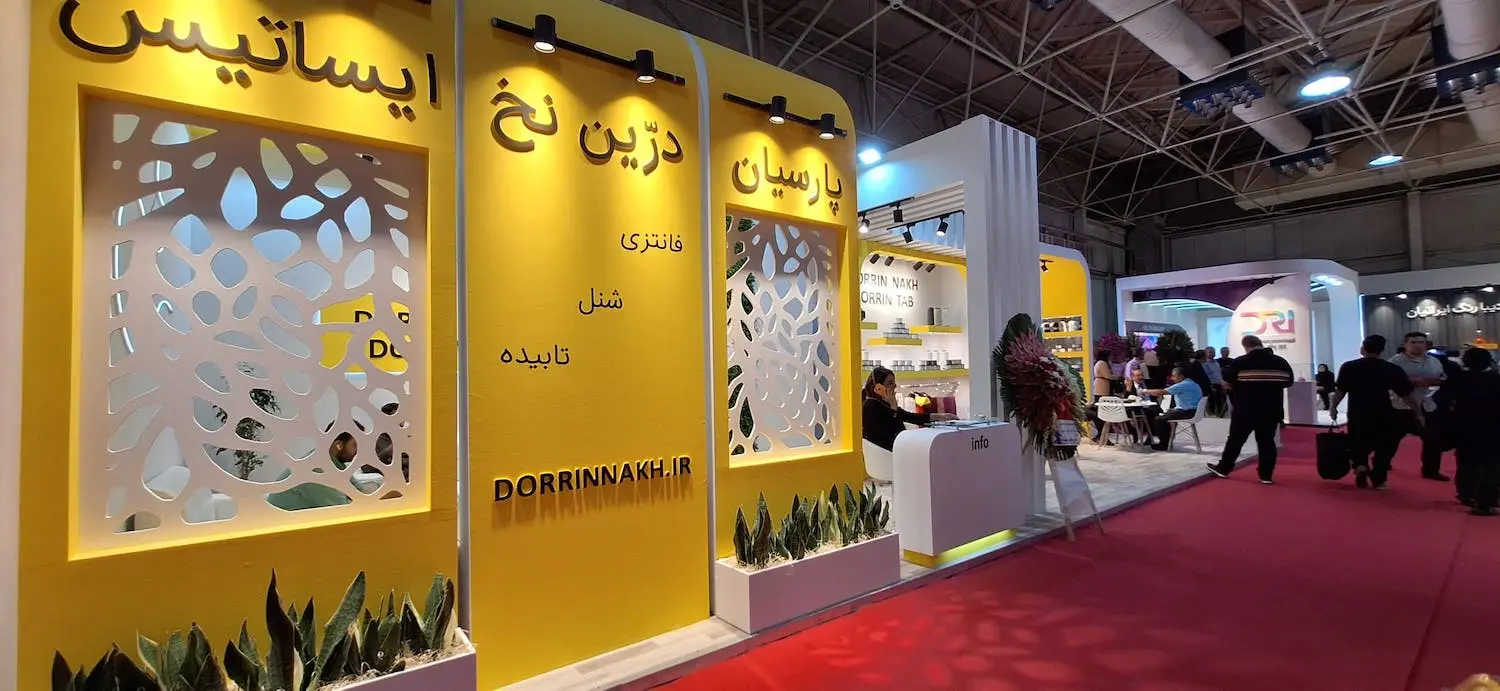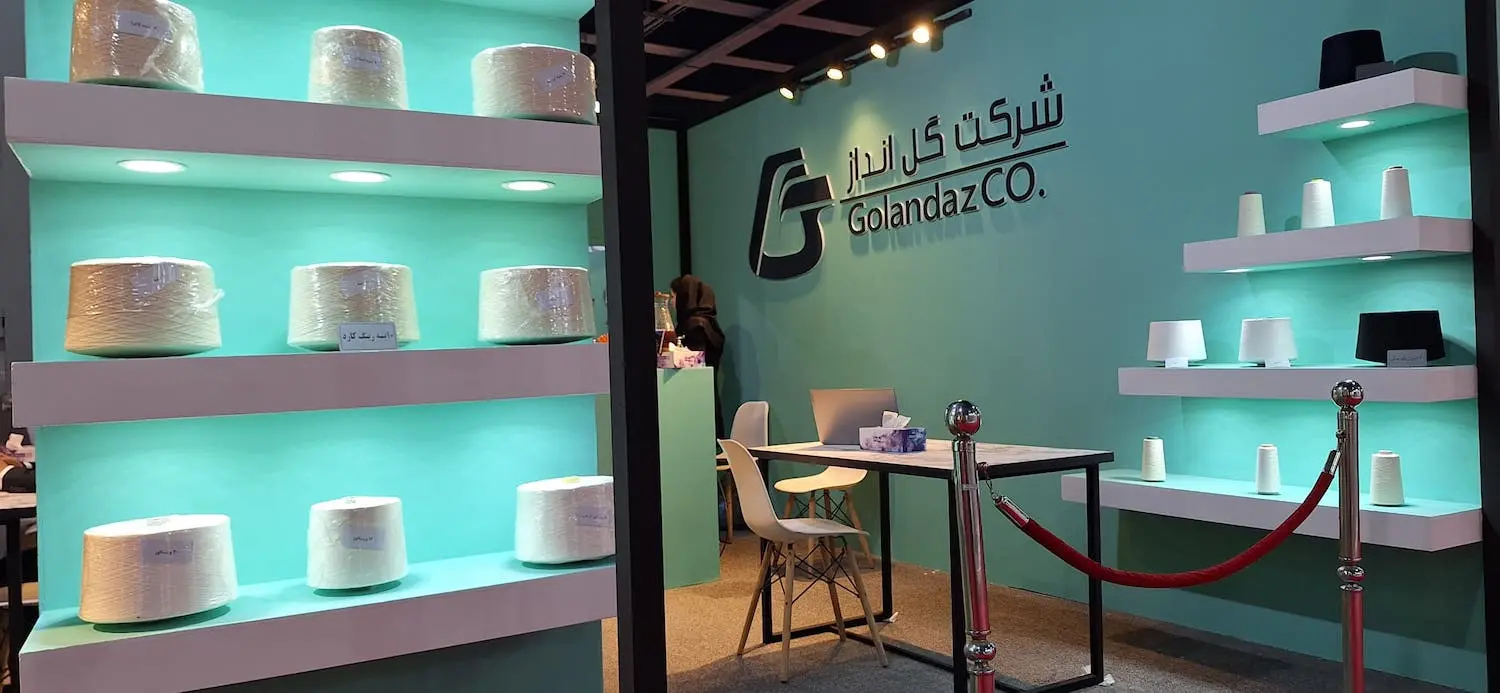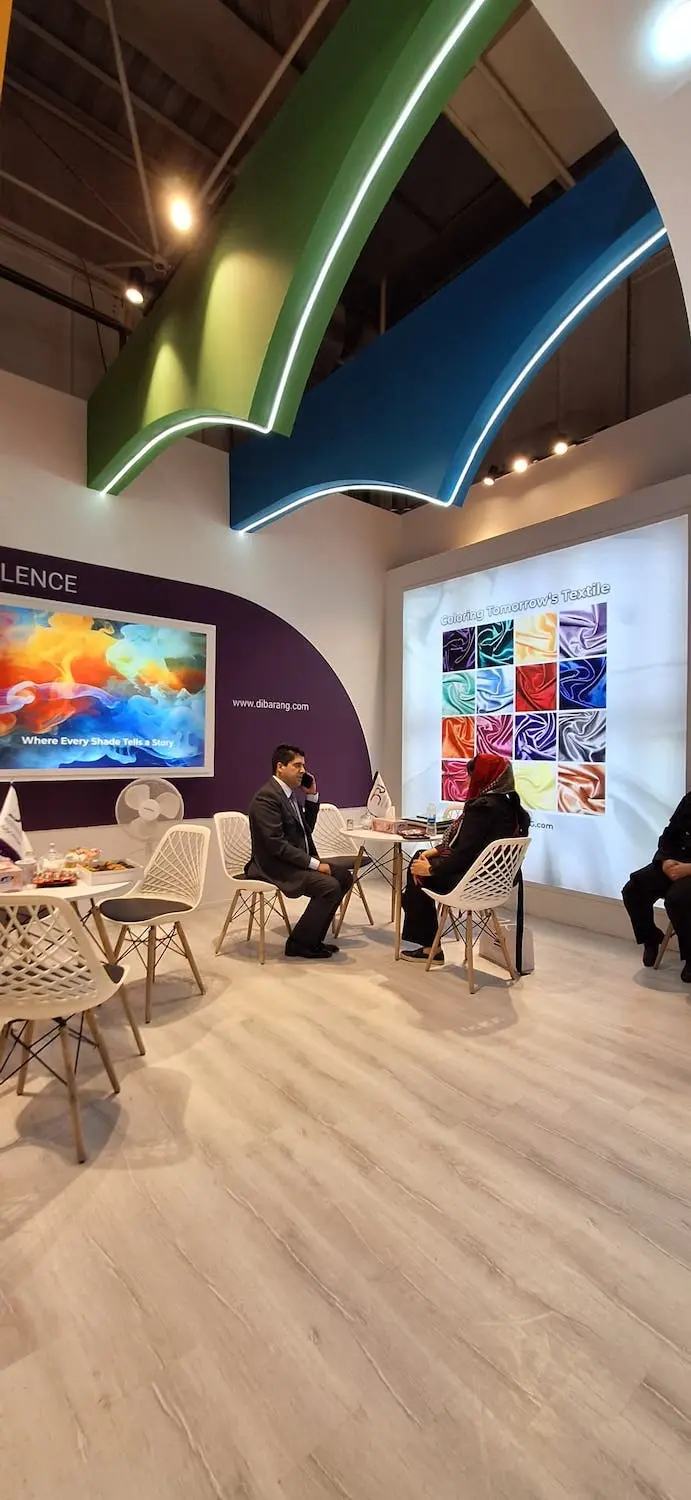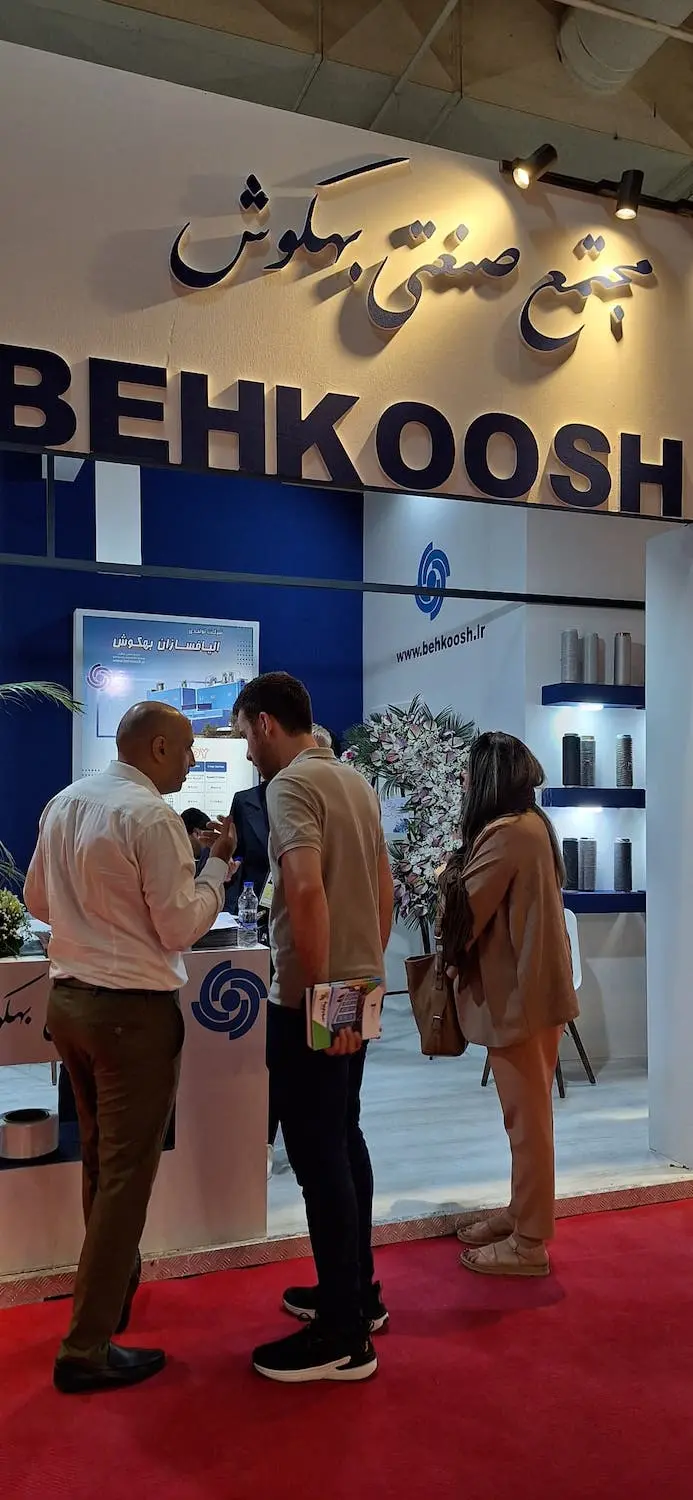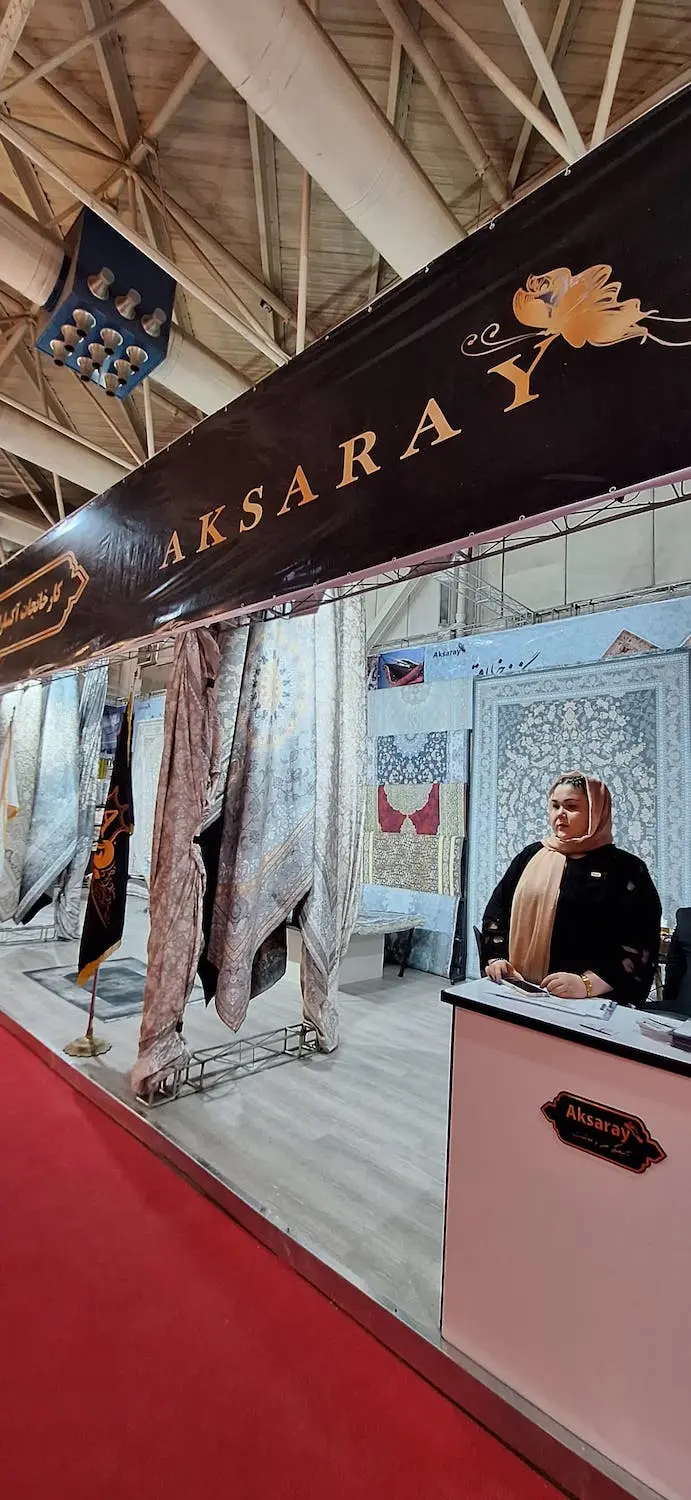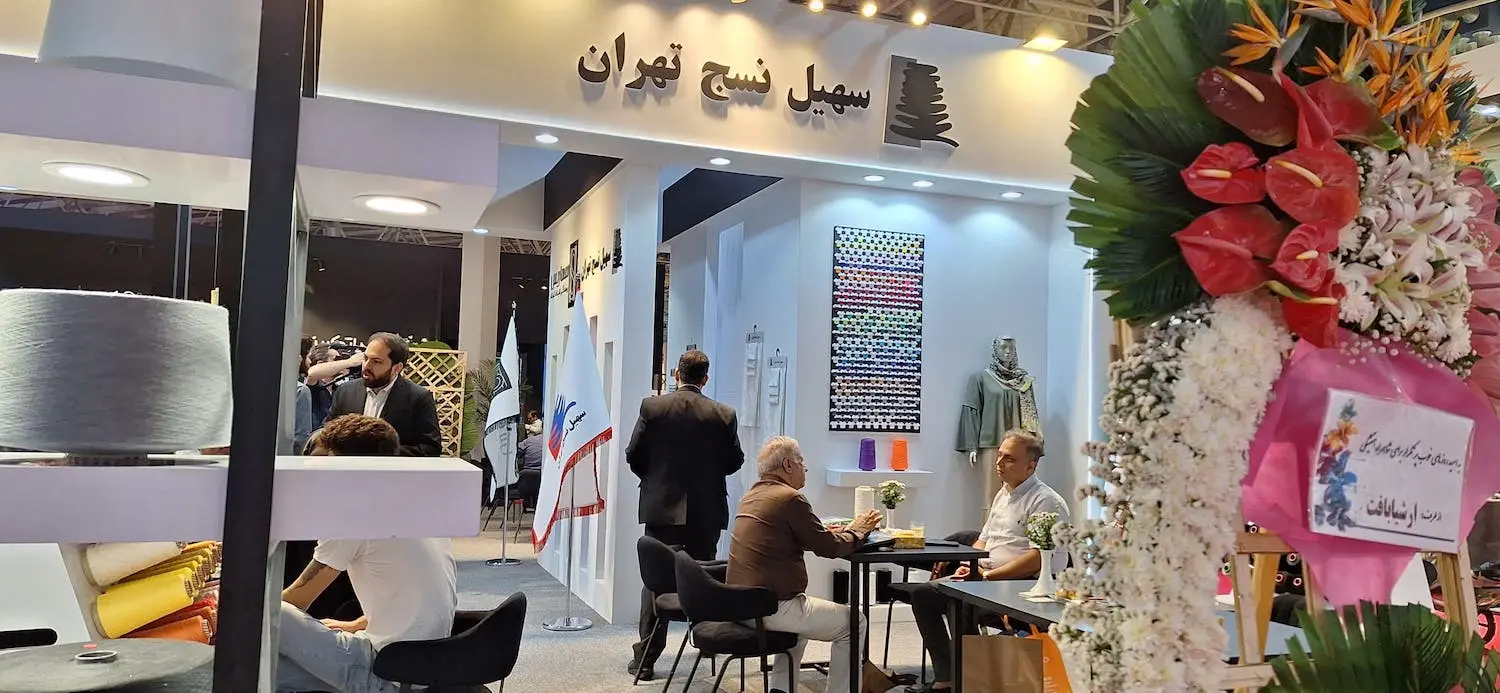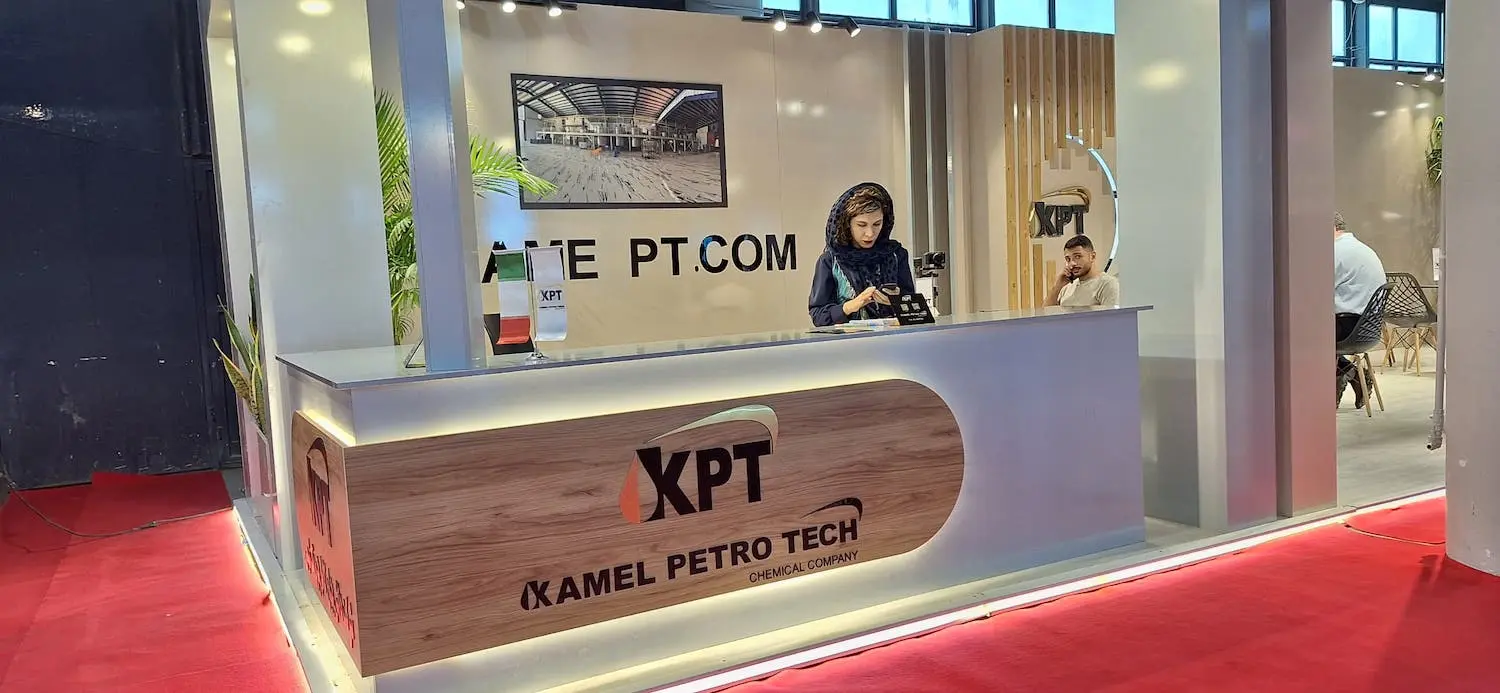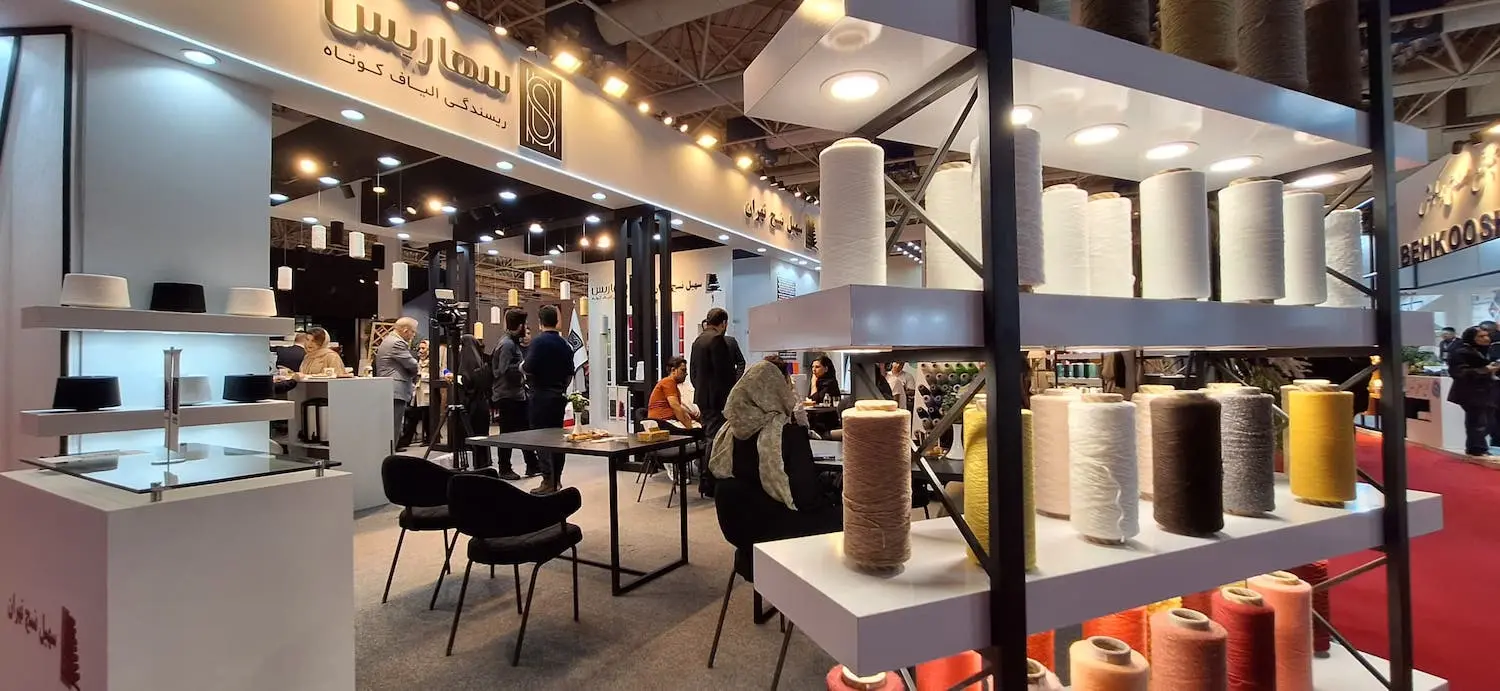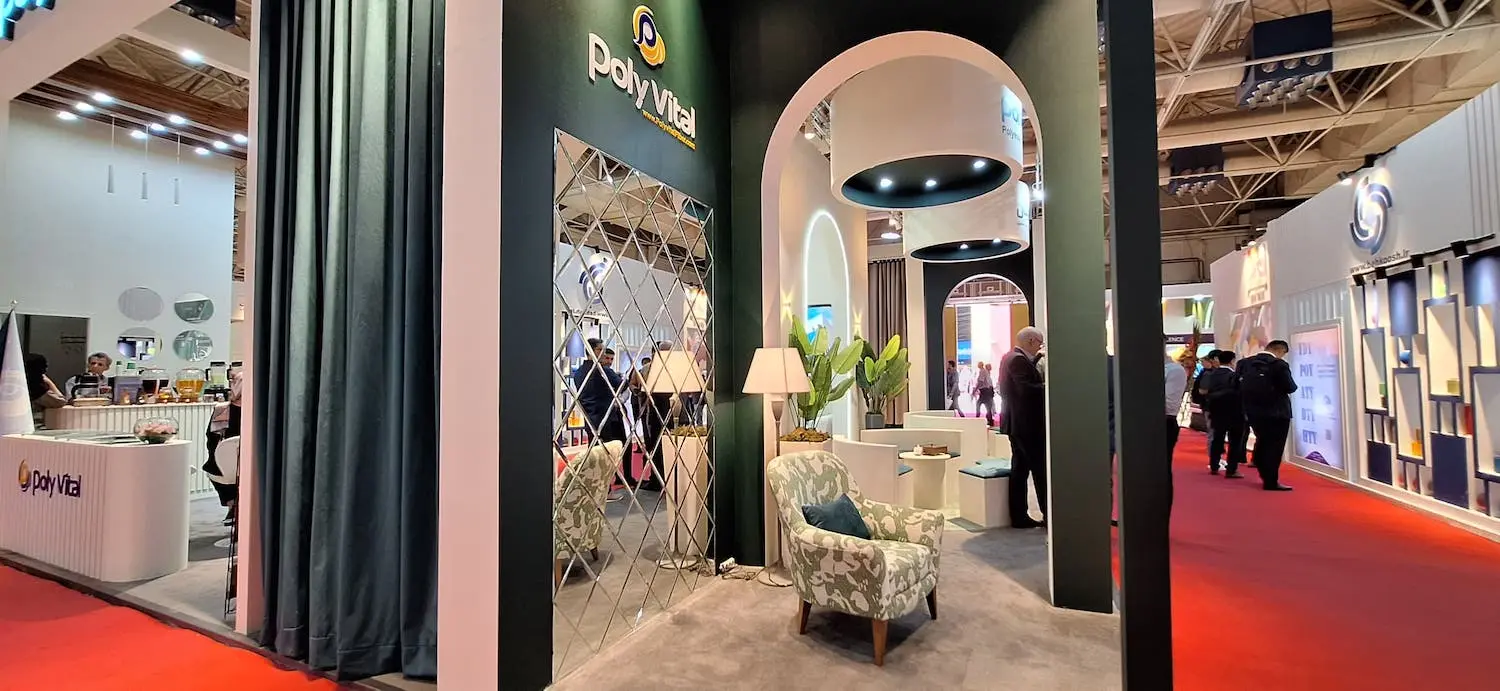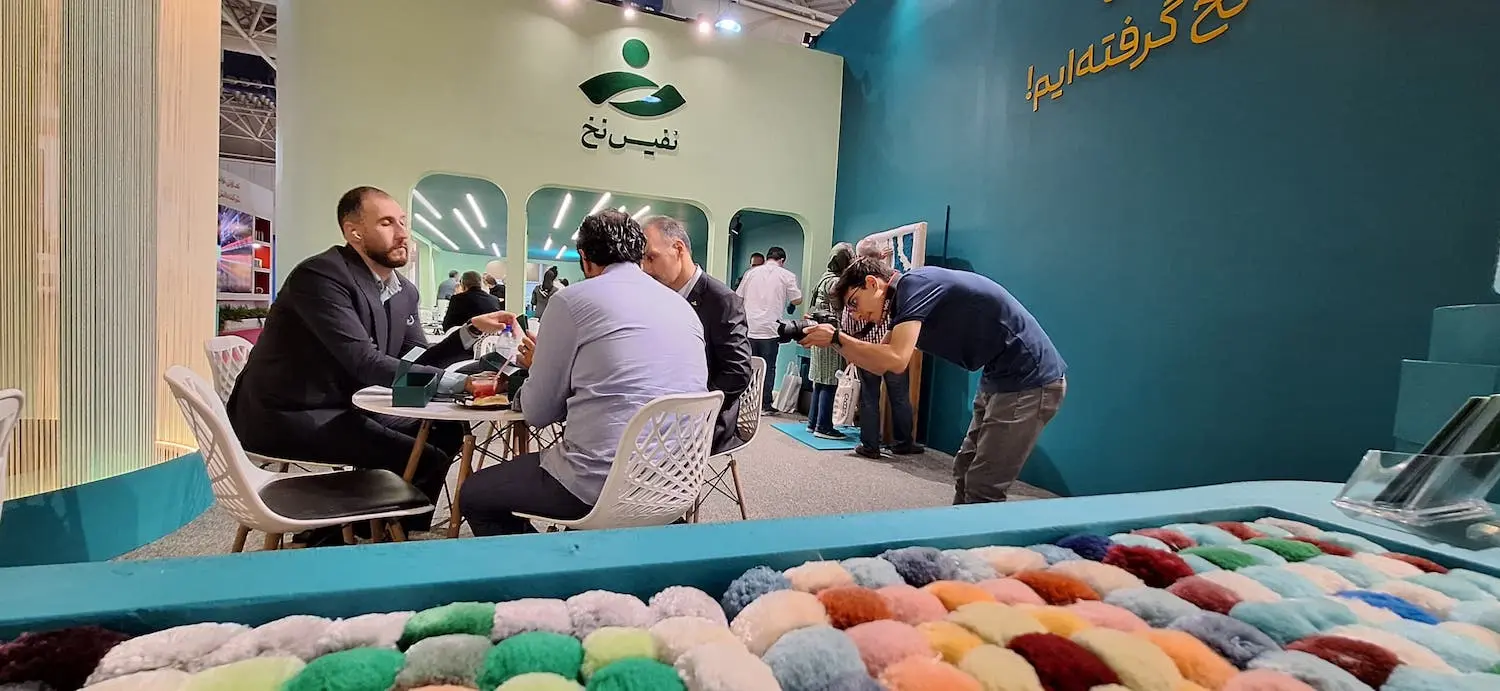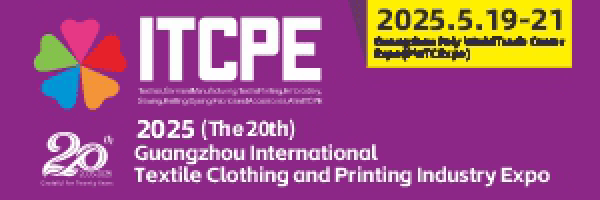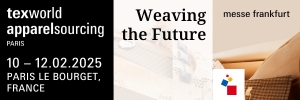In recent years, Iran has made significant strides in revitalizing its textile industry, building on its unique advantages and rich history. The international exhibition of the textile industry, held in Tehran, brought together over 290 companies from Iran and 13 other countries, highlighting the industry’s potential and fostering discussions on investment, business, and trade opportunities.
This event showcased products and services from around 170 domestic companies and 120 foreign firms, including key players from Germany, Italy, Taiwan, Uzbekistan, Tajikistan, South Korea, Turkey, Pakistan, Austria, Switzerland, India, Japan, and China. Notably, three of the top five textile and apparel exporting nations—China, India, and Turkey—actively participated, reflecting the global interest in Iran’s textile market.
Iran’s textile industry benefits from several strategic advantages. One of the most significant is the availability of raw materials. Currently, Iran supplies 50% of its cotton needs domestically, a figure that was 100% two decades ago. Additionally, more than 50% of the country’s silk requirements, amounting to 330 tonnes of silk thread annually, are produced locally. With the right support, Iran has the potential to achieve full self-sufficiency in these critical materials.
The country’s abundant oil and gas resources also play a crucial role, providing the raw materials needed for synthetic fiber production. This, coupled with Iran’s extensive petrochemical capacity, gives the country a competitive edge in the global textile market.
Iran’s large domestic market, with 85 million people and a $30 billion turnover, is another key driver of the industry. Beyond its borders, Iran is strategically located near a market of 400 million people in Central Asia and the Caucasus, offering significant export opportunities.
Iran’s textile legacy is deeply rooted in its history, with archaeological evidence showing textile production dating back at least 10,000 years. Persian textiles, including carpets, have long been renowned for their intricate patterns and vibrant colors, catering to both local and international markets.
However, despite these advantages, Iran’s textile industry has faced significant challenges over the past three decades. Its contribution to the country’s GDP has fallen from 6.4% to less than 1%, largely due to the influx of legally and illegally imported goods. The annual import of smuggled clothing, estimated at over $2 billion, has severely impacted local production, leading to the loss of thousands of jobs.
To counter these challenges, Iran has initiated a campaign to revitalize its textile industry. In the past three years, $1.1 billion has been allocated to modernize machinery in the leather, footwear, and related industrial sectors. Officials estimate that a $5 billion investment over the next five years is needed to fully modernize the textile and clothing sectors.
Given its strategic advantages, Iran’s textile industry has the potential to regain its prominence. The revival and expansion of this industry is not just an economic necessity but also a cultural one, given its deep historical roots. With continued investment and modernization, Iran can transform its textile industry, creating jobs, generating income, and contributing to the nation’s economic growth.



